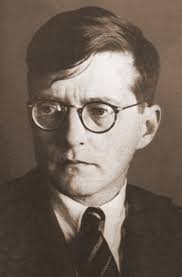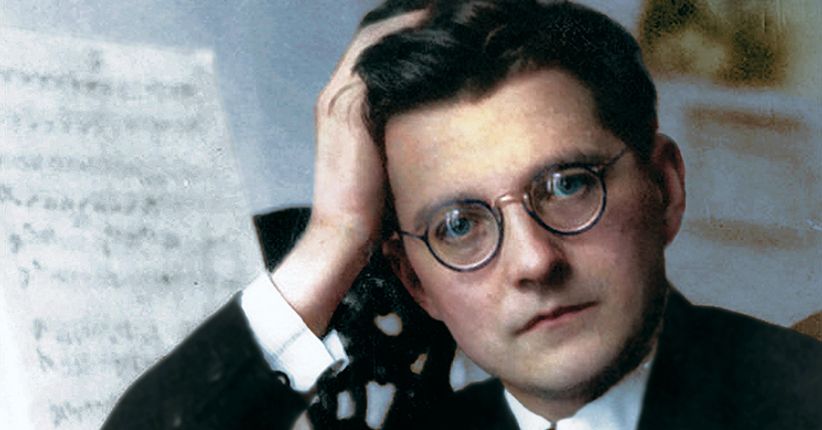Dmitri Shostakovich (1906–1975) was one of the most influential composers of the 20th century, known for his deeply expressive, sometimes politically charged music. His works span symphonies, concertos, chamber music, and operas, blending Russian traditions with modernist and neoclassical influences. Here are five of his greatest compositions that showcase his brilliance and emotional depth.
1. Symphony No. 5 in D Minor, Op. 47 (1937)
Shostakovich’s Fifth Symphony is perhaps his most famous work, composed during a time of extreme political pressure under Stalin’s regime. Following the condemnation of his opera Lady Macbeth of Mtsensk, he had to prove his loyalty to Soviet ideals. The symphony is both a masterpiece of orchestration and a veiled political statement, with moments of intense drama, haunting beauty, and a finale that has been interpreted as both triumphant and ironic.
2. String Quartet No. 8 in C Minor, Op. 110 (1960)
This quartet is one of Shostakovich’s most personal and introspective works. Written in just three days, it is dedicated “to the victims of fascism and war,” though many believe it was a veiled expression of his own suffering under the Soviet regime. The music features his personal musical signature (D–E♭–C–B, or D-S-C-H in German notation) and includes references to his earlier compositions, creating a deeply autobiographical and haunting experience.
3. Piano Concerto No. 2 in F Major, Op. 102 (1957)
Composed as a birthday gift for his son Maxim, this concerto is one of Shostakovich’s most lighthearted and accessible works. The lively first movement, lyrical second movement, and exhilarating finale make it a favorite among pianists and audiences alike. Unlike much of his more dramatic output, this concerto brims with optimism, humor, and sparkling energy.
4. Symphony No. 10 in E Minor, Op. 93 (1953)
Written shortly after Stalin’s death, the Tenth Symphony is often seen as a reaction to the dictator’s oppressive rule. The work features a vast range of emotions, from dark, brooding passages to moments of defiance and even joy. The second movement, a brutal and relentless scherzo, is believed to be a musical portrait of Stalin, while the final movement ultimately conveys a sense of personal triumph.
5. The Gadfly Suite, Op. 97a (1955)
While Shostakovich is best known for his symphonies and quartets, his film music is also remarkable. The Gadfly Suite, derived from his score for the Soviet film of the same name, is a delightful collection of pieces that showcase his melodic gifts. The suite’s “Romance” is especially well-known, often used in films and television, and stands out as one of his most beautiful and lyrical compositions.
Conclusion
Shostakovich’s music captures the complexity of human emotions, reflecting both the grandeur and the struggles of his time. Whether through the bold defiance of his symphonies, the intimate reflection of his chamber music, or the charm of his concertos and film scores, his legacy remains profound. These five compositions represent only a fraction of his genius, but they offer a compelling introduction to his world of sound.


Comments are closed